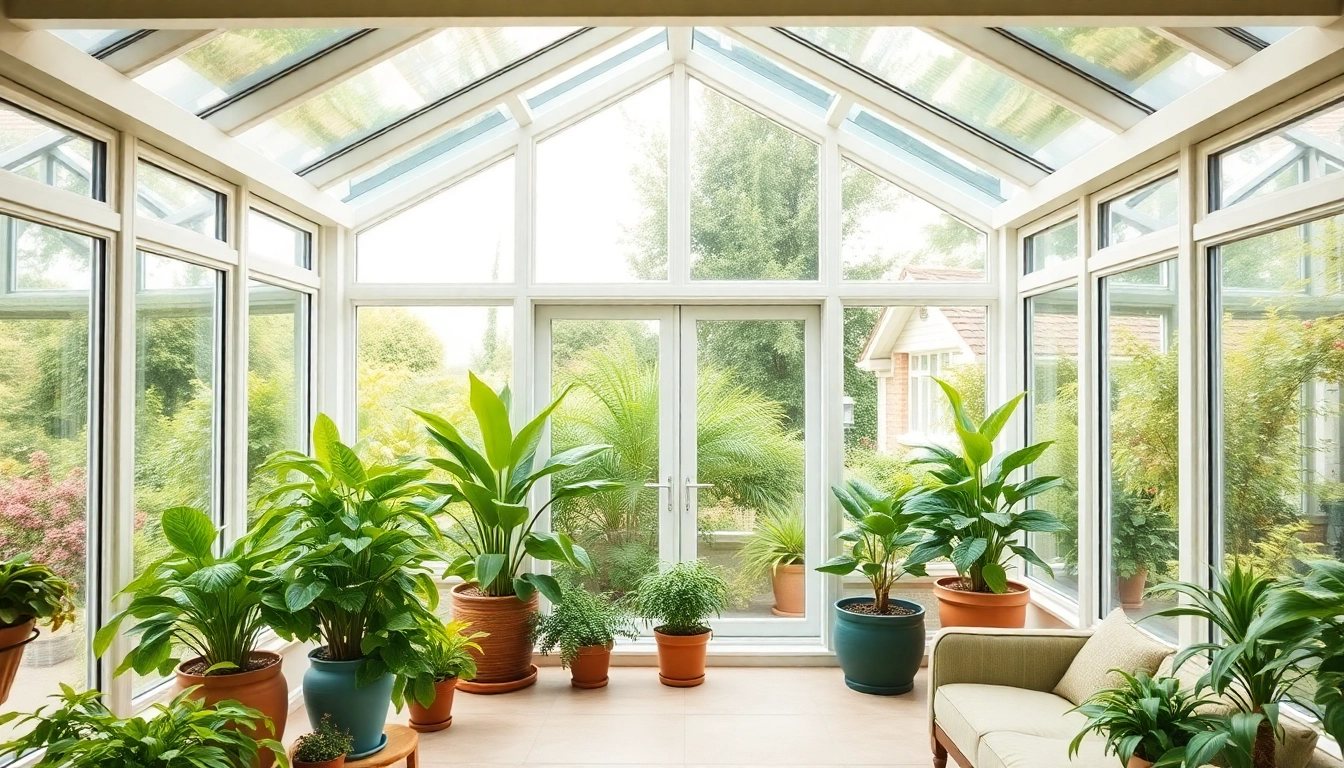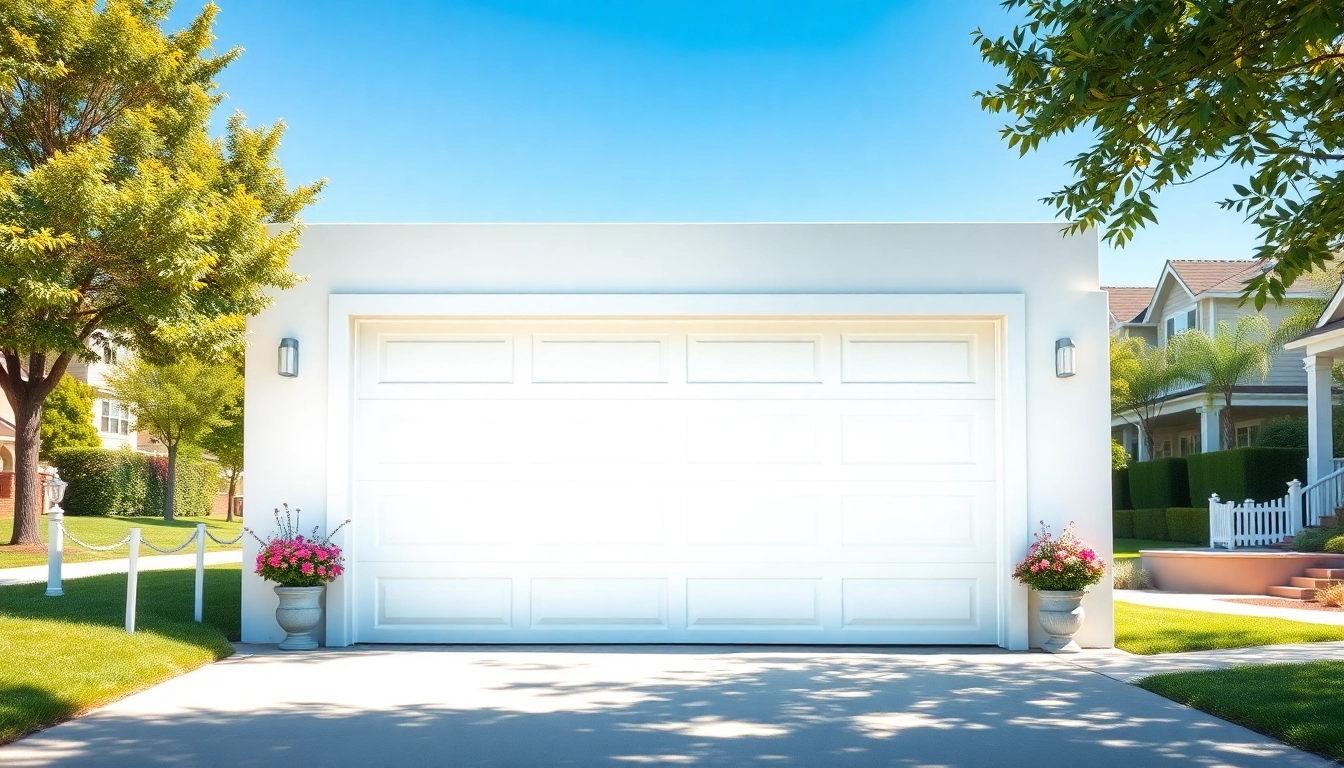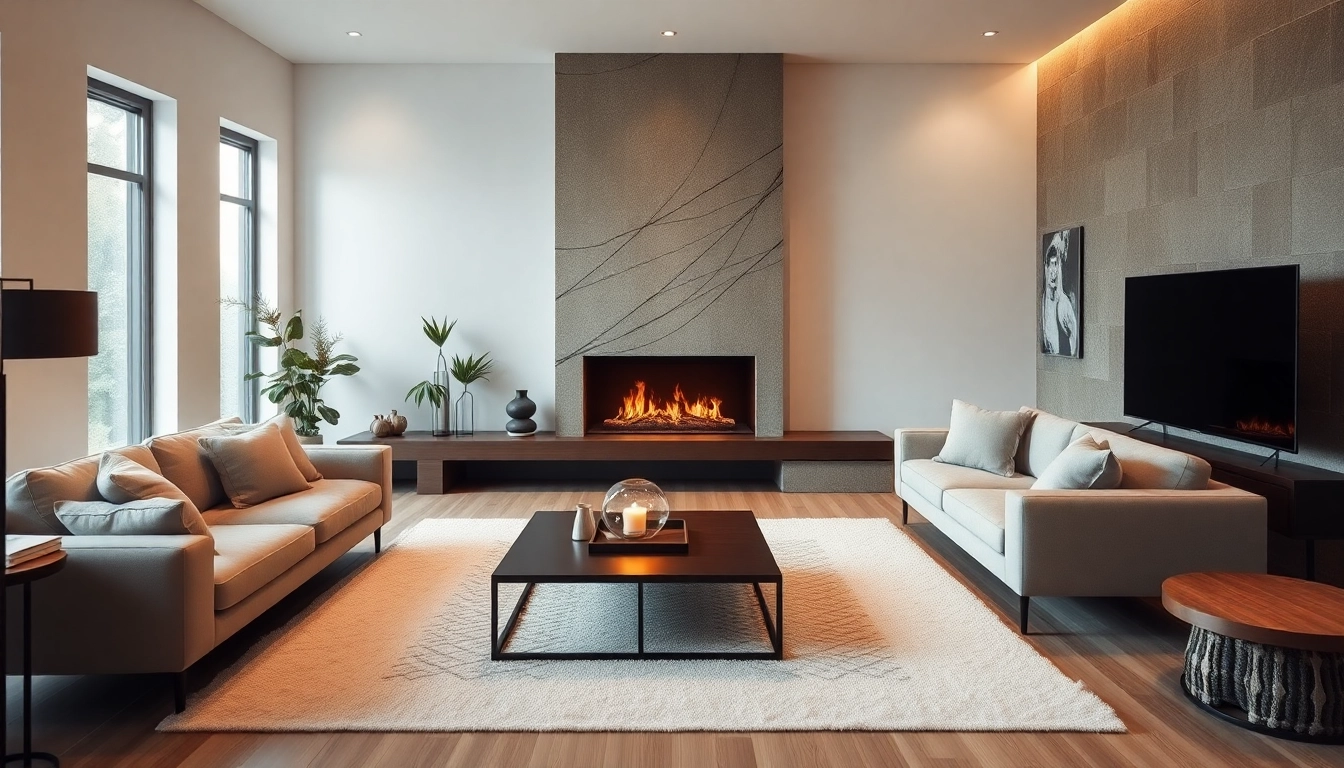Understanding the Sunroom Greenhouse Addition
Definition and Purpose
A sunroom greenhouse addition is a versatile structure that serves multiple purposes, primarily blending living space with gardening potential. These additions can either be attached to your home or built as standalone units, providing a unique space that enhances your home’s aesthetic and functional appeal. They allow homeowners to enjoy natural light and the growth of plants throughout the year, making them a popular choice for gardening enthusiasts and those looking to increase their home’s value.
Benefits of a Sunroom Greenhouse Addition
Investing in a sunroom greenhouse addition comes with a plethora of benefits:
- Extended Gardening Season: One of the most appealing aspects is the ability to grow various plants and vegetables year-round, regardless of outside weather conditions. This extends the gardening season significantly.
- Increased Natural Light: The abundant glass windows provide ample sunlight, which is essential for healthy plant growth and also makes the space welcoming for family activities.
- Energy Efficiency: Properly designed sunroom greenhouses can help in insulating your home, thereby reducing heating costs during winter and cooling costs in summer due to the greenhouse effect.
- Enhanced Home Value: The addition of a sunroom greenhouse can increase your property’s market value significantly, making it a wise investment for homeowners.
Key Features to Consider
When planning your sunroom greenhouse addition, consider the following key features:
- Design and Layout: The design should complement your existing home while also being functional for gardening. Consider layout options that incorporate both growing space and areas for relaxation.
- Materials: Quality materials are essential for durability. Glass panels, frames, and foundations should be sturdy and weather-resistant.
- Heating and Cooling Options: To maintain a suitable environment for plants, consider incorporating heating systems for colder months and ventilators for hot seasons.
- Accessibility: Ensure that the entrance is accessible and that there are ample pathways for easy movement inside the greenhouse.
Building vs. Buying: What to Choose for Your Sunroom Greenhouse Addition
Pre-Built Kits
Pre-built kits have become a popular choice for those looking to quickly set up a sunroom greenhouse addition. They typically come with all necessary components pre-measured, allowing for straightforward assembly. These kits can be appealing as they often save time and can be more affordable than custom-built options. Additionally, many kits offer flexible designs, enabling homeowners to select the style that best fits their needs and aesthetics.
Customization Options
Opting for a custom-built sunroom greenhouse offers the flexibility to design your space exactly how you envision it. Customization options can include unique layouts, sizes, and features such as built-in shelving, seating areas, and enhanced ventilation systems. While this route might involve a higher upfront cost, the tailored design can significantly enhance your experience and satisfaction with the final product.
Costs and Budgeting
Your budget will be a decisive factor in the choice between building and buying. Pre-built kits generally range from a few thousand dollars to tens of thousands, depending on size and materials. Custom-built options could stretch into even higher price ranges depending on complexity and additional features. It’s important to factor in installation costs, maintenance, and any necessary upgrades when budgeting for your sunroom greenhouse addition.
Best Practices for Designing a Functional Sunroom Greenhouse Addition
Choosing the Right Location
The location of your sunroom greenhouse is crucial for maximizing sunlight exposure and minimizing energy costs. Ideally, place it on the south or southeast side of your home to capture morning light, which is gentler and beneficial for plant growth. Additionally, consider the shelter from wind and harsh weather to protect your plants and maintain temperature control.
Maximizing Natural Light
Utilizing transparent materials, such as glass or polycarbonate panels, is essential for maximizing natural light. Incorporate features like skylights or large windows to enhance light entry. During the design phase, consider the angle of the sun to ensure that sunlight reaches as many plants as possible throughout the day.
Effective Ventilation and Climate Control
Proper ventilation is key to maintaining a healthy environment for plants. Incorporate operable windows, vents, or automated systems that open based on temperature fluctuations. Additionally, installing heating systems, such as radiant floor heating or space heaters, can provide warmth during colder months, while fans or evaporative coolers can help cool the space during hot spells.
Plants and Landscaping Ideas for Your Sunroom Greenhouse Addition
Choosing the Right Plants
The selection of plants in your sunroom greenhouse should align with your gardening goals and the natural light availability. Consider starting with easy-to-grow plants such as herbs (basil, mint), small vegetables (tomatoes, peppers), and ornamental plants (ferns, succulents). For more advanced gardeners, incorporating tropical species or flowering plants can create a stunning visual impact while providing a diverse gardening experience.
Indoor Gardening Tips
Indoor gardening in your sunroom greenhouse comes with unique challenges. Here are some best practices:
- Watering: While it might be tempting to overwater due to the enclosed environment, ensure you monitor soil moisture levels closely. Consider using self-watering pots for convenience.
- Soil and Fertilization: Utilize high-quality potting soil and apply fertilizer regularly to maintain soil nutrition. Organic options can promote sustainable gardening.
- Pest Management: Keep an eye out for pests such as aphids and spider mites. Introduce beneficial insects or use natural remedies to keep plants healthy without harmful chemicals.
Incorporating Outdoor Elements
Design your sunroom greenhouse addition to blend with the surrounding landscape. Incorporating outdoor elements, such as stone pathways or water features, can enhance the overall ambiance. Consider using planters that match your outdoor decor to create a cohesive look. Furthermore, allowing some of your plants to extend into the outdoor space, like climbers on exterior trellises, can create a natural and inviting transition from inside to outside.
Maintaining Your Sunroom Greenhouse Addition for Longevity
Seasonal Maintenance Tips
Regular maintenance is crucial for the longevity of your sunroom greenhouse addition. Schedule seasonal tasks such as cleaning the glass to maximize light penetration, checking seals for leaks, and inspecting structural integrity. Ensure that heating and cooling systems are functioning properly before temperature extremes hit.
Preventing Pests and Diseases
To keep your greenhouse thriving, implement preventative measures against pests and diseases. Regularly inspecting plants and maintaining cleanliness can help catch issues early. Using companion planting can deter pests naturally, while providing adequate airflow and spacing between plants can stave off fungal diseases.
Upgrading Features Over Time
As your gardening skills develop and preferences change, consider upgrading features in your sunroom greenhouse addition. Incorporating automated climate control systems, energy-efficient heating units, or even aquaponic systems can provide evolving gardening options and enhance your overall experience.


